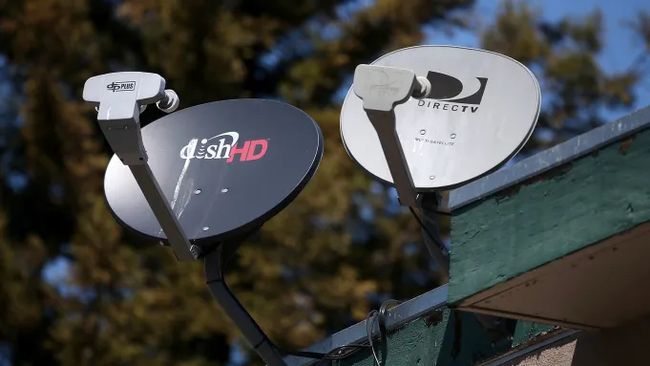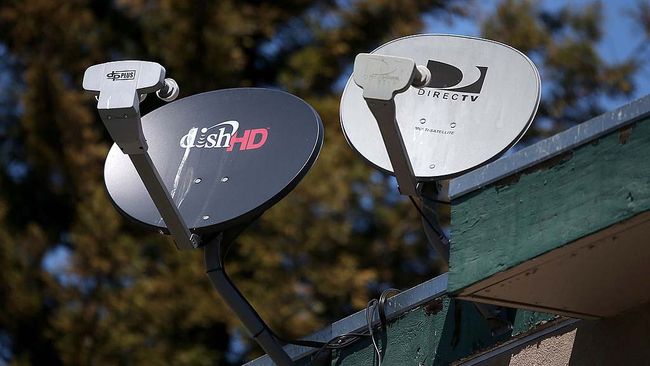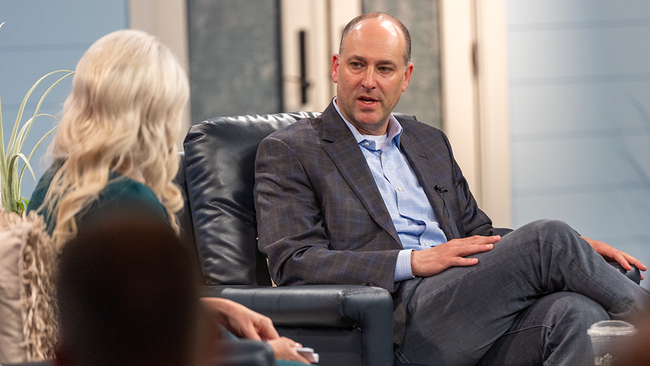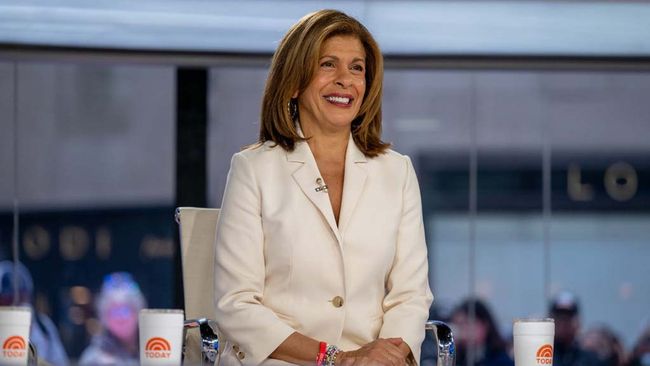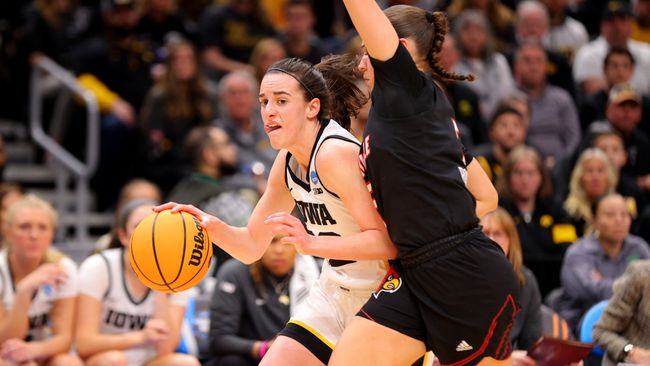Q2 Affiliate Fee Declines Tied to Streaming
Wells Fargo’s Cahall thinks programmers that choose to move linear content to DTC offerings will face rate pressure from distributors

The decline in cable network affiliate fees in the last quarter has been blamed on the sharp fall-off in pay TV service customers, but Wells Fargo Securities’ media analyst Steven Cahall notes that direct-to-consumer streaming offerings from networks could be having an impact on rates.
In the second quarter, affiliate fee growth ranged from an 11% decline at AMC Networks to a 2% gain at Discovery. In a note to clients, Cahall said that he believes in addition to video subscriber declines, corporate strategies are playing and will continue to play a role in future affiliate fee softness.
“We think those network operators that choose to take their content DTC will face rate pressure from distributors in renewals,” Cahall wrote.
Overall cable network affiliate fees were down for the first time ever in Q2, according to MoffettNathanson media analyst Michael Nathanson, to -3% after a 1% gain in each of the prior three quarters. According to Nathanson, overall affiliate fee growth has been spiraling downward since Q1 2014, when rates increased by 12%.
Nathanson attributes most of that decline to the erosion of video subscribers. In his report, Nathanson noted that traditional video subscribers fell 8.3% in Q2, compared to a 7.6% decline in Q1.
“With cord cutting at record levels, price increases are no longer enough to offset distribution declines,” Nathanson wrote.
The Wells Fargo analyst acknowledged that separating DTC, licensing fees and the impact of subscriber declines from programmers’ balance sheets can be difficult. But in his report he estimated that content companies like The Walt Disney Co., Fox Corp. and Discovery showed modest positive growth in affiliate revenue in Q2 -- basically a mid-to-high single digit increase in affiliate fees offset by a 5% to 7% decline in subscribers. In comparison, AMC Networks and ViacomCBS appear to have had -4% and -3% affiliate fee growth, respectively, not including the impact of subscriber losses.
NEXT TV NEWSLETTER
The smarter way to stay on top of the streaming and OTT industry. Sign up below.
Cahall wrote that differences in content -- Disney with ESPN and Fox with its sports networks and news channels, which traditionally fare stronger than entertainment networks -- could explain the disparity. But he noted that Discovery has no domestic sports or news and managed a 2% rise in affiliate fees during the period. Cahall added that the difference is DTC strategies,
“AMC Networks and ViacomCBS are shuttling more content to their SVOD/DTC services and we think distributors are noticing, and negotiating lower linear rates since the content is no longer exclusive,” Cahall wrote. While Disney and Fox have been even more aggressive on the DTC front -- Disney Plus has more than 60 million subscribers and is considered to be the model for DTC offerings -- Cahall added that both are keeping most of their cable content separate from streaming.
Discovery said on its Q2 earnings call with analysts that it will beef up its own DTC offerings in the coming months, but Cahall doubted it would be too disruptive.
“We’d argue they’re doing OK in the bundle so maybe rocking the affiliate fee boat isn’t the best approach," Cahall wrote.
As cable network affiliate rates have fallen, both Cahall and Nathanson noted that retransmission consent fees have continued to rise strongly.
According to Nathanson, Fox had the biggest increase in retrans fees in Q2 (22%), followed by ViacomCBS (17.1%), Disney (13.3%) and NBCUniversal (6.7%). Cahall noted that station groups also saw sharp retrans fee increases, led by E.W. Scripps (up 27%), Tegna (18.6%), Gray TV (9.5%) and Sinclair Broadcast Group (4.3%).
In his note, Cahall estimated that gross retrans revenue would rise between 15% and 20% over the next couple of years.
